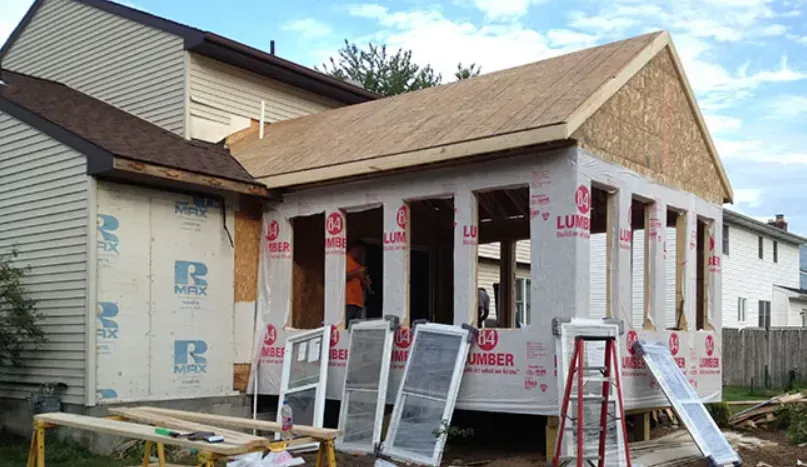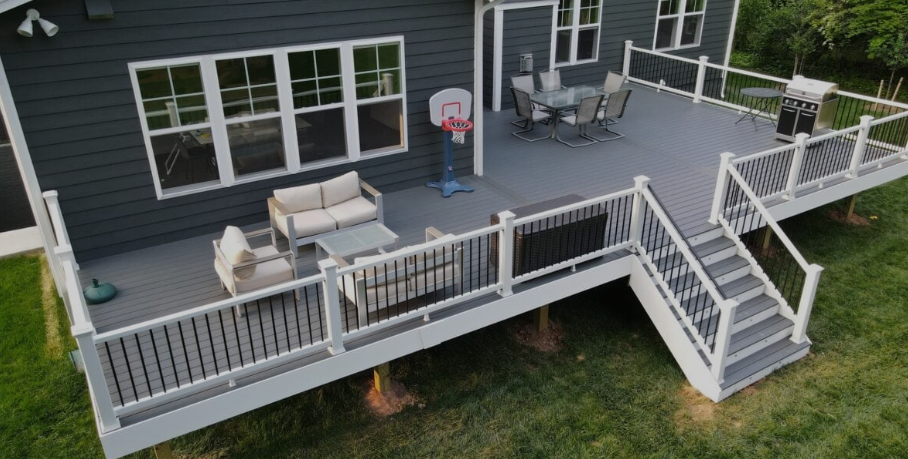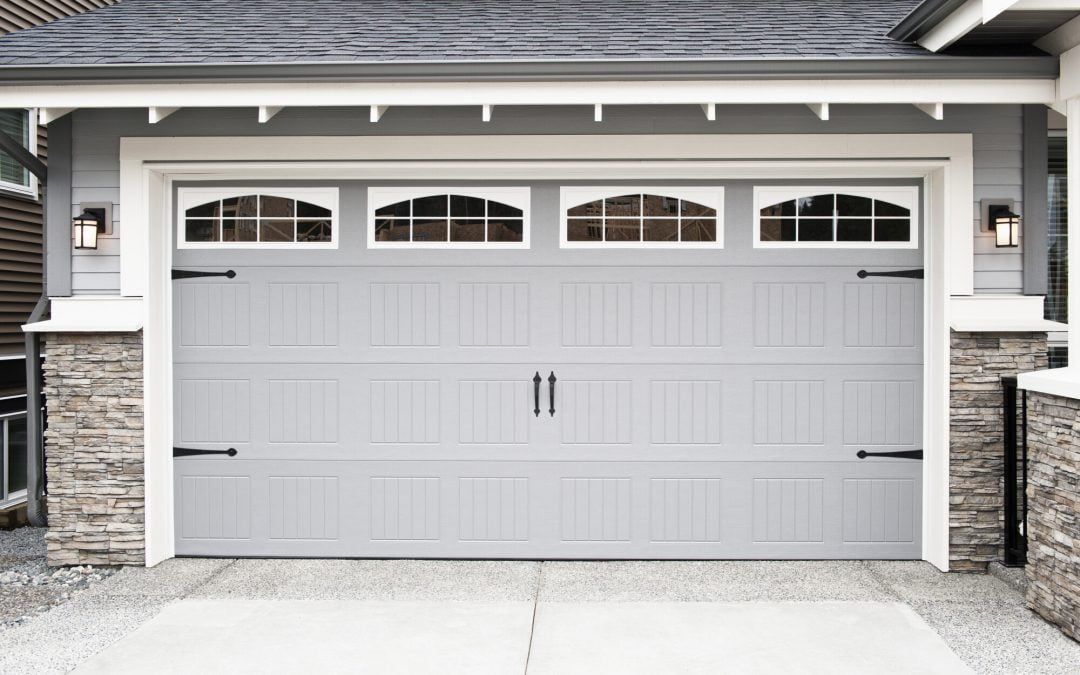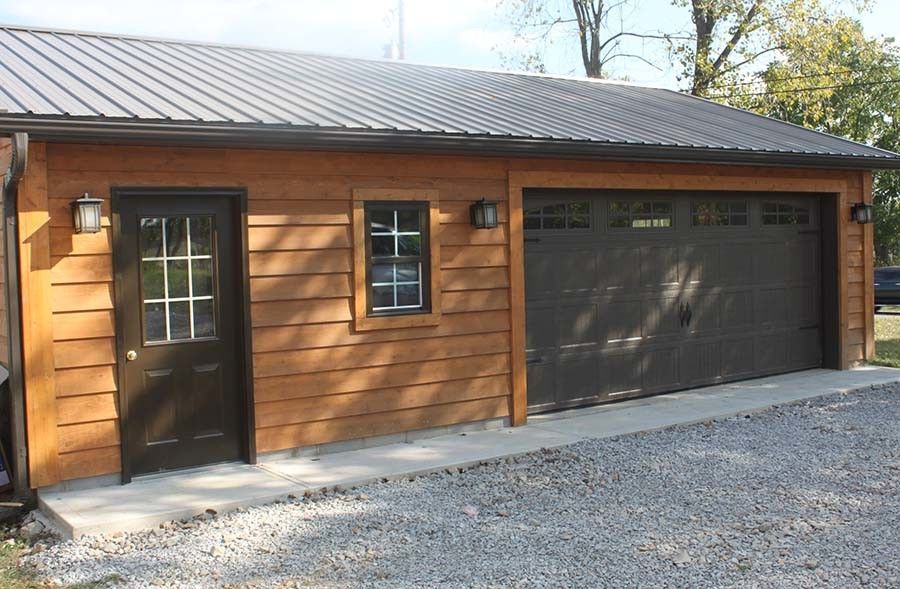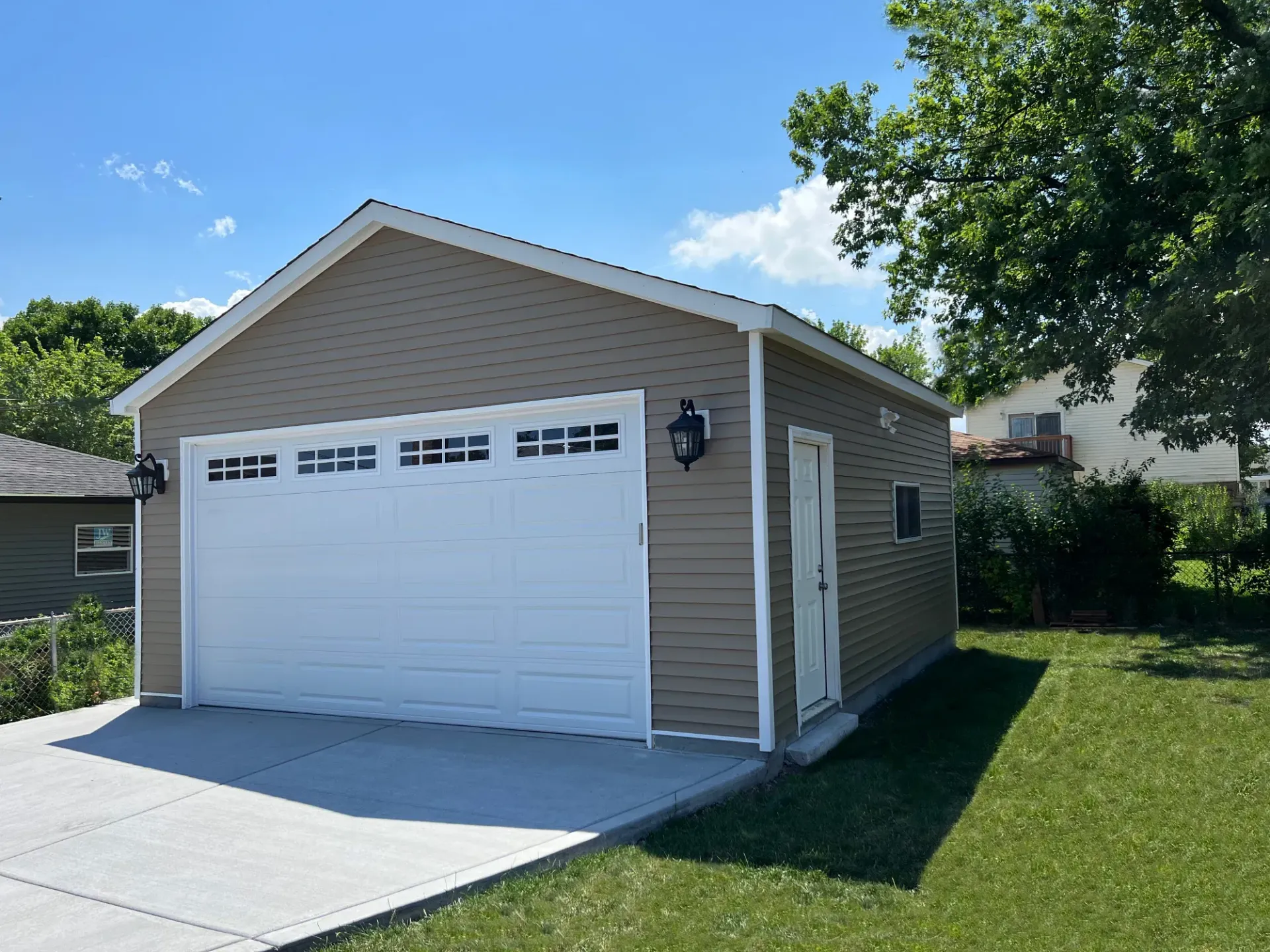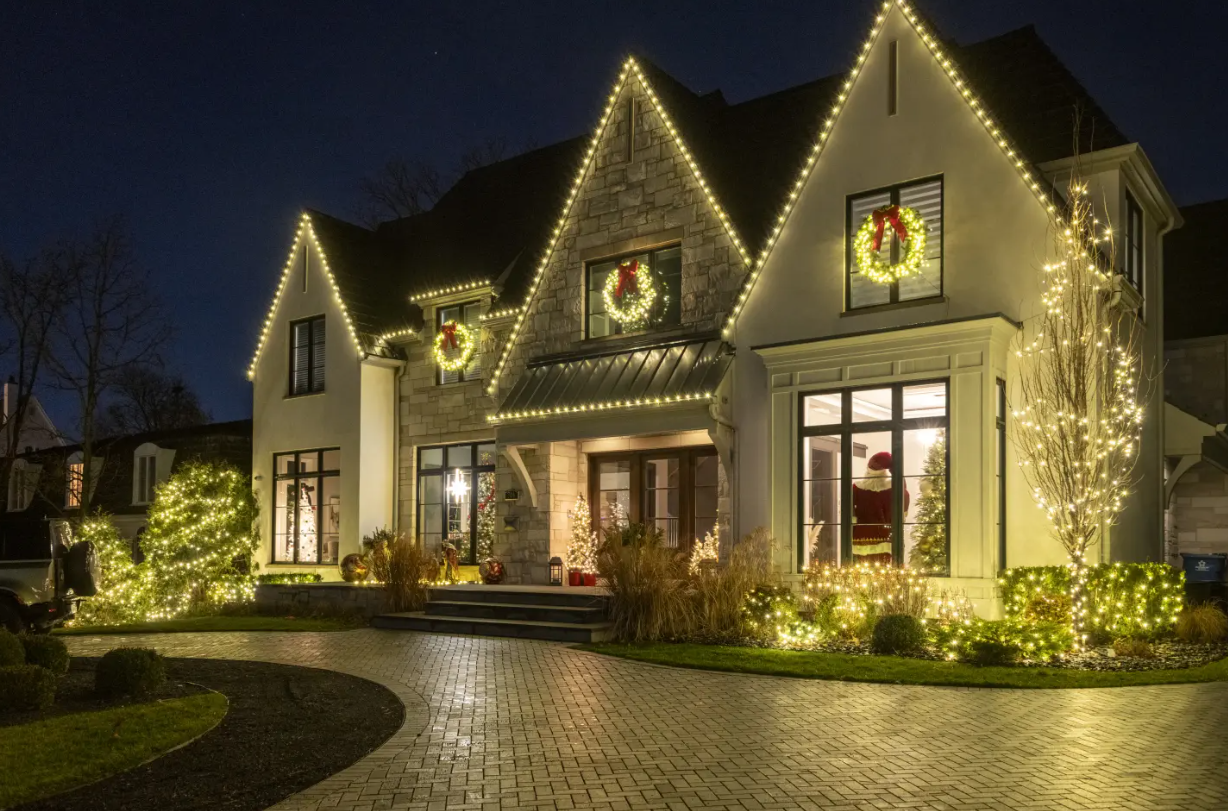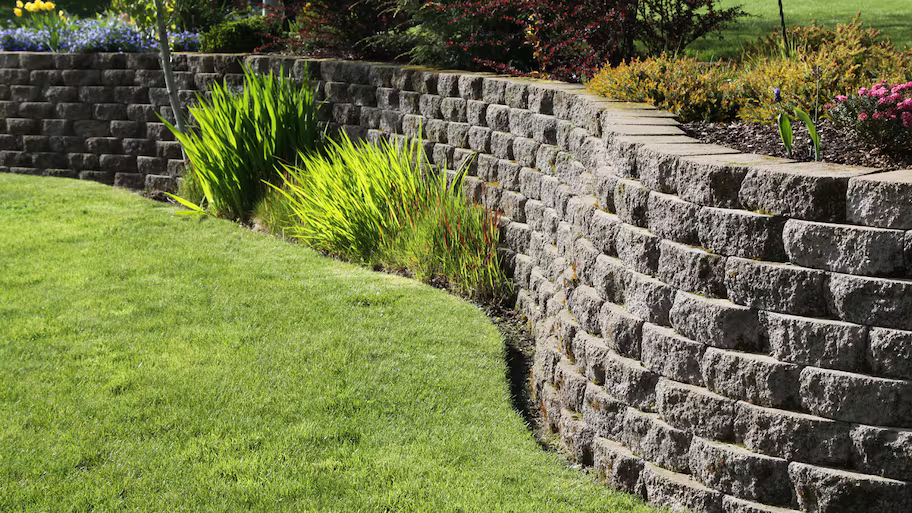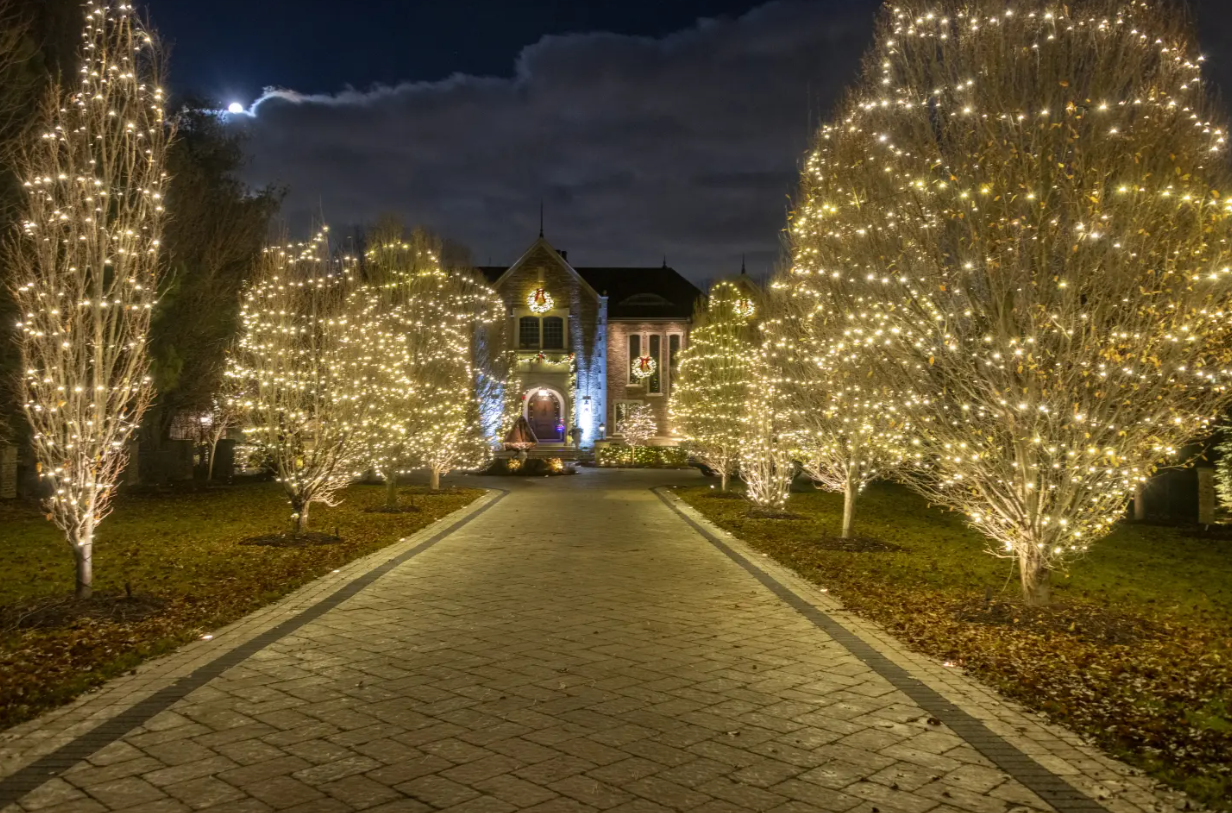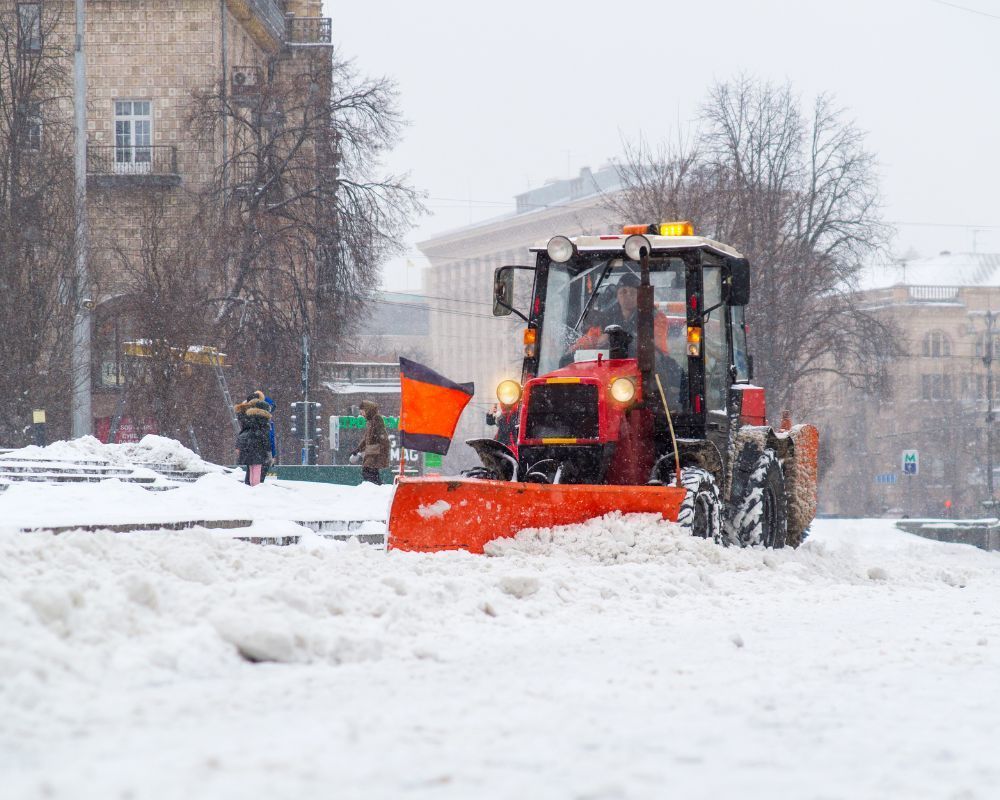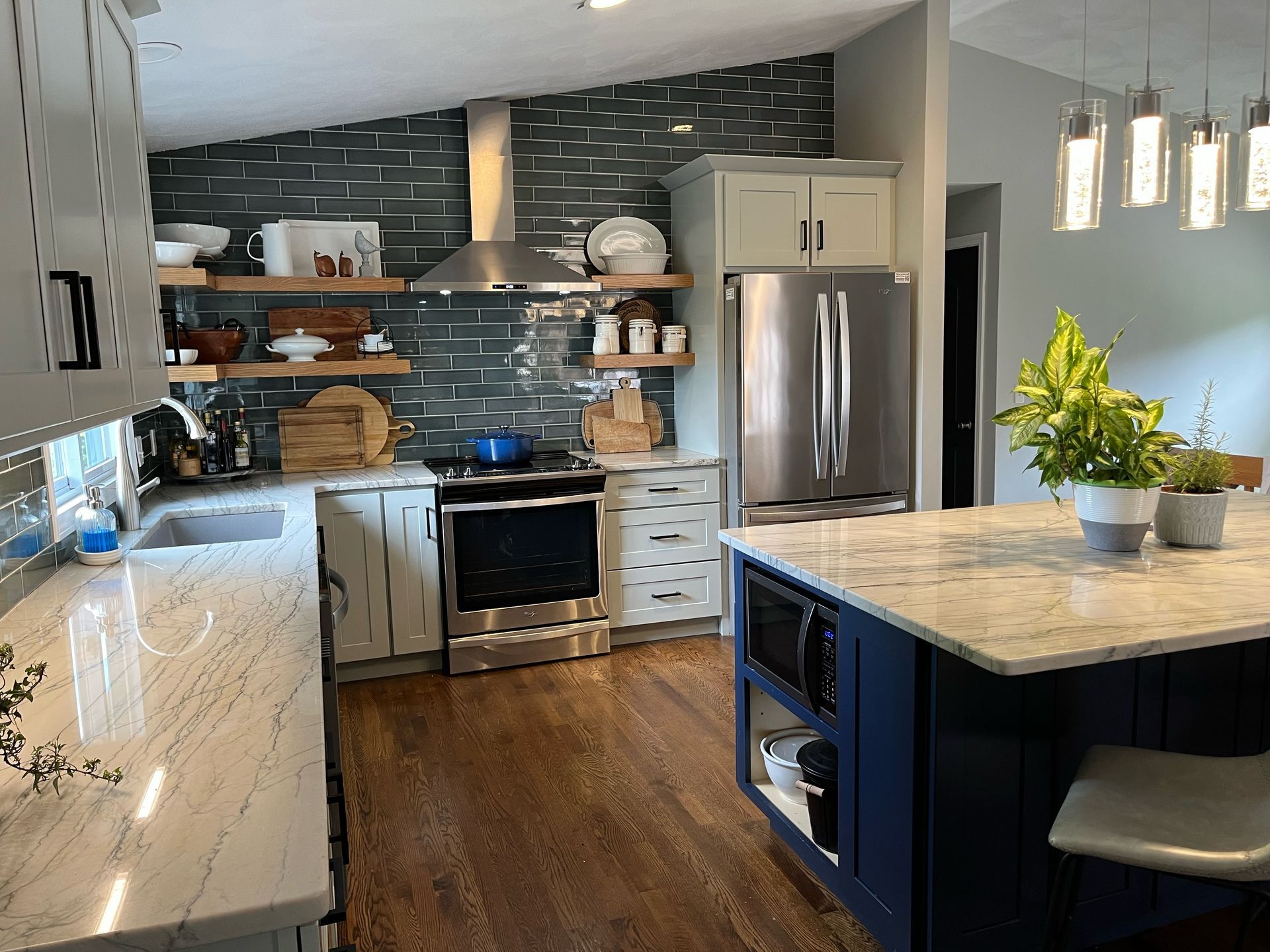Best Cabinet Colors - Rhode Island Kitchen Renovations
Choosing the perfect cabinet color for your Rhode Island kitchen renovation can transform your space while complementing the Ocean State's unique coastal charm and historic character. From Providence's urban sophistication to Newport's seaside elegance, the right cabinet color enhances both your home's architecture and Rhode Island's distinctive lifestyle.
Why Cabinet Color Matters in Rhode Island Homes
Rhode Island's diverse housing landscape, from Colonial Revival homes in East Greenwich to modern coastal properties in Narragansett, requires thoughtful color choices that honor architectural heritage while embracing contemporary living. The state's abundant natural light from ocean proximity, combined with its rich maritime history, creates unique opportunities for cabinet color selection.
Top Cabinet Colors for Rhode Island Kitchens
1. Classic Navy Blue - The Rhode Island Signature
Navy blue cabinets perfectly capture Rhode Island's maritime heritage while offering timeless sophistication. This color works exceptionally well in:
- Coastal homes in Westerly and Watch Hill
- Historic properties throughout Newport and Providence
- Contemporary builds seeking nautical elegance
Why Navy Works in Rhode Island:
- Complements the state's ocean views and coastal aesthetic
- Pairs beautifully with white countertops and brass hardware
- Maintains value in Rhode Island's competitive real estate market
- Works in both traditional and modern settings
2. Warm White and Off-White - Brightening Ocean State Homes
White and cream cabinets remain popular in Rhode Island for good reason:
Popular White Shades for RI Homes:
- Pure White: Perfect for modern Warwick and Cranston homes
- Antique White: Ideal for historic Providence neighborhoods
- Cream: Complements traditional New England architecture
Benefits in Rhode Island Climate:
- Maximizes natural light during gray winter months
- Creates clean, fresh appearance that appeals to coastal lifestyle
- Provides timeless backdrop for seasonal decorating
- Increases perceived space in compact urban homes
3. Sage Green - Embracing Rhode Island's Natural Beauty
Sage green cabinets connect indoor spaces with Rhode Island's beautiful landscapes and ocean environment:
- Reflects the state's commitment to environmental consciousness
- Complements both coastal and inland settings
- Works beautifully with natural wood accents popular in RI homes
- Offers calming atmosphere perfect for family kitchens
4. Charcoal Gray - Modern Sophistication
Dark gray cabinets provide contemporary elegance that works throughout Rhode Island:
Best Applications:
- Modern condos in downtown Providence
- Renovated mills converted to residential spaces
- Contemporary additions to historic homes
Advantages in Rhode Island:
- Hides wear and fingerprints better than lighter colors
- Creates dramatic contrast with white countertops
- Complements stainless steel appliances popular in RI
- Provides sophisticated backdrop for entertaining
5. Forest Green - Deep Maritime Elegance
Rich, deep green cabinets offer sophisticated alternative to navy while maintaining coastal connection:
- Perfect for formal dining areas in Newport mansions
- Complements brass and bronze hardware
- Works beautifully with marble countertops
- Adds richness to traditional Rhode Island interiors
Rhode Island-Specific Color Considerations
Historic Home Cabinet Colors
Rhode Island's abundance of historic homes requires careful color selection:
Colonial and Federal Style Homes:
- Deep blues and greens honor period authenticity
- Cream and off-white maintain historic character
- Avoid ultra-modern colors that clash with architecture
Victorian Properties:
- Rich, saturated colors complement ornate details
- Consider two-tone approaches with island contrasts
- Maintain period-appropriate color relationships
Coastal Property Cabinet Colors
Rhode Island's extensive coastline influences color preferences:
Beachfront Homes:
- Light colors reflect abundant natural light
- Ocean-inspired blues and greens feel authentic
- Weather-resistant finishes essential for salt air exposure
Summer Homes:
- Flexible colors that work with seasonal decorating
- Light, airy palettes for vacation atmosphere
- Easy-to-clean finishes for high-use periods
Urban Rhode Island Cabinet Colors
City living in Providence and surrounding areas has unique requirements:
- Sophisticated colors that maximize natural light in compact spaces
- Durable finishes that withstand high-traffic family use
- Colors that complement exposed brick and industrial elements common in converted spaces
Cabinet Color Trends Specific to Rhode Island
Two-Tone Kitchen Cabinets
Rhode Island homeowners increasingly choose dual-color approaches:
Popular Combinations:
- Navy island with white perimeter cabinets
- Natural wood uppers with painted lowers
- Dark base cabinets with light upper cabinets
Benefits for RI Homes:
- Creates visual interest in open floor plans
- Allows incorporation of multiple design elements
- Provides flexibility for future updates
Natural Wood Finishes
Rhode Island's appreciation for craftsmanship drives natural wood popularity:
Best Wood Choices for RI:
- Maple: Light, durable, perfect for traditional homes
- Cherry: Rich color complements historic properties
- Oak: Classic choice for Colonial Revival styles
- Walnut: Sophisticated option for contemporary designs
Bold Accent Colors
Confident Rhode Island homeowners embrace statement colors:
- Deep Emerald: Perfect for formal entertaining spaces
- Rich Burgundy: Complements traditional New England style
- Warm Terracotta: Adds Mediterranean flair to coastal homes
Choosing Colors Based on Rhode Island Home Style
Cape Cod and Colonial Homes
Traditional Rhode Island architecture works best with:
- Classic white or cream cabinets
- Soft blue-gray for subtle color
- Natural wood stains that highlight craftsmanship
- Avoid ultra-modern or trendy colors
Contemporary and Modern Homes
Newer Rhode Island construction accommodates:
- Bold, saturated colors like deep navy or forest green
- High-contrast combinations
- Sleek, handleless designs in sophisticated grays
- Experimental colors that reflect personal style
Coastal and Beach Houses
Rhode Island's extensive coastline inspires:
- Ocean blues in various saturations
- Sandy beiges and warm whites
- Driftwood gray for natural, weathered appeal
- Colors that complement ocean views
Practical Considerations for Rhode Island Cabinet Colors
Climate and Durability
Rhode Island's coastal climate affects cabinet color choices:
Salt Air Exposure:
- Requires high-quality finishes resistant to corrosion
- Light colors may show salt residue less than dark colors
- Regular maintenance essential regardless of color choice
Humidity Considerations:
- Proper sealing critical for all colors
- Light colors may show humidity damage more easily
- Quality primer and paint essential for longevity
Lighting Considerations
Rhode Island's variable lighting conditions influence color perception:
Natural Light Variations:
- Abundant summer light can wash out pale colors
- Limited winter light may make dark colors feel oppressive
- East-facing kitchens benefit from warm colors
- West-facing spaces can handle cooler tones
Maintenance and Lifestyle
Busy Rhode Island families need practical color choices:
High-Use Considerations:
- Medium tones hide fingerprints and wear better
- Dark colors show dust and water spots
- Light colors require more frequent cleaning
- Quality finishes matter more than color choice
Cabinet Hardware and Color Coordination
Hardware selection complements cabinet colors in Rhode Island homes:
Traditional Hardware Choices
- Brass: Perfect with navy, green, and cream cabinets
- Oil-rubbed Bronze: Complements darker cabinet colors
- Polished Chrome: Works with white and gray cabinets
Modern Hardware Options
- Matte Black: Trending with white and light-colored cabinets
- Brushed Gold: Adds warmth to both light and dark colors
- Stainless Steel: Practical choice for busy Rhode Island kitchens
Color Psychology in Rhode Island Kitchens
Different colors create specific atmospheres suitable for Rhode Island living:
Calming Colors (Blues, Greens):
- Perfect for stress relief after busy days
- Complement Rhode Island's natural beauty
- Create serene cooking environments
Energizing Colors (Warm Whites, Creams):
- Brighten spaces during dark winter months
- Encourage family gathering and cooking
- Create welcoming atmosphere for entertaining
Sophisticated Colors (Grays, Deep Blues):
- Reflect Rhode Island's cultural sophistication
- Suitable for formal entertaining
- Add elegance to any home style
Budget-Friendly Cabinet Color Updates in Rhode Island
Not every Rhode Island homeowner needs a complete cabinet replacement:
Cabinet Painting Options
- Professional painting: $3,000-$8,000 for average kitchen
- DIY approach: $500-$1,500 with proper preparation
- Chalk paint techniques for vintage appeal
Cabinet Refacing with New Colors
- Update doors and drawer fronts: $5,000-$15,000
- Maintains existing cabinet boxes
- Allows complete color transformation
Planning Your Rhode Island Cabinet Color Project
Steps for Success:
- Consider your home's architecture and neighborhood character
- Evaluate natural light throughout different times of day
- Think about long-term satisfaction vs. trendy choices
- Factor in maintenance requirements for your lifestyle
- Coordinate with other elements like countertops and flooring
Professional Color Consultation Benefits:
- Understanding of Rhode Island architectural styles
- Knowledge of local climate considerations
- Experience with regional preferences and resale values
- Access to high-quality materials suitable for coastal conditions
Maximizing Your Investment
Cabinet color choices significantly impact your Rhode Island home's value:
High-Value Color Strategies:
- Choose colors with broad appeal for resale
- Invest in quality finishes that withstand RI climate
- Consider timeless options over trendy choices
- Coordinate with your home's overall aesthetic
The Future of Cabinet Colors in Rhode Island
Emerging trends in the Ocean State include:
- Sustainable finishes reflecting environmental consciousness
- Flexible color schemes that adapt to changing needs
- Technology integration that works with any color choice
- Multi-generational design considerations
Ready to transform your Rhode Island kitchen with the perfect cabinet colors? At Rockhouse Construction, we specialize in kitchen renovations throughout Rhode Island, helping homeowners choose cabinet colors that complement their home's architecture and the Ocean State's unique lifestyle. Our experienced team understands local design preferences, climate considerations, and quality requirements for lasting beauty. Contact us today for a consultation and let us help you select the ideal cabinet colors for your Rhode Island kitchen renovation.
